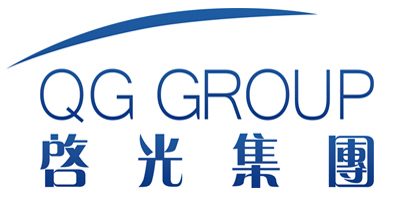The role of trace elements
Zinc, copper, manganese and foot and foot disease in dairy cows
Hoof disease is one of the three major diseases in dairy farming, which can cause huge losses to dairy farmers every year. Therefore, the control of hoof disease through feeding management and dairy cow nutrition management is also the focus of dairy farming.

Zinc and foot and leg disease
Zinc is a component of a variety of enzymes and proteins in animals, can participate in a variety of metabolic reactions, and is one of the most critical mineral elements in the process of keratinization of hoof. Zinc is involved in activating enzymes that catalyze keratinocyte differentiation. At the same time, the synthesis of keratin and keratin is also inseparable from zinc, which can enhance the hardness and integrity of the hoof; Zinc is involved in the formation of collagen, which is directly involved in the division of primitive chondrocytes, which in turn affects the calcification of bone. The amount of zinc in the bone affects the density of the bone, the higher the zinc content, the greater the density of the bone, and vice versa, the lower the density of the bone. When zinc is deficient, animals will develop pathological phenomena such as skin hypokeratosis, decreased hoof hardness and integrity, deformation and cracking of hoof shells, and abnormal bone development.
Copper and foot and leg disease
Copper is a component of a variety of enzymes, copper can activate cytochrome oxidase, lysyl oxidase, thiol oxidase, thiol oxidase, aminooxidase, etc. Copper deficiency can lead to insufficient amounts of these enzymes, resulting in insufficient energy supply to keratinocytes; Resulting in impaired integrity of hoof keratinocytes; Causes the structural strength of the keratinocyte matrix to be affected; Affects the formation of isoclasens and cladoptins, which are not conducive to the formation of structurally intact collagen and elastic sclerosin, so copper plays an important role in the formation of bones and keratin. Copper deficiency in dairy cows can easily lead to hoof diseases such as hoof cracks, hoof rot, and hoof abscesses.

Manganese and foot and leg disease
Manganese is an activator of many enzymes, and manganese deficiency in dairy cows can lead to a deficiency of synthase that promotes acidic mucopolysaccharides in cartilage and bone matrix, thus affecting the synthesis of cartilage and collagen; Manganese deficiency in dairy cows can affect the synthesis of the side chain of chondroitin sulfate of the proteoglycan molecule, which is an important component of normal cartilage and bone. Manganese deficiency in dairy cows can lead to insufficient synthesis of carbohydrates that provide energy to the keratinocytes, which in turn affects the keratinization of the keratinocytes. When an animal is deficient in manganese, the growth of cartilage is impaired, which can lead to bone deformities. The deposition of other inorganic substances in the bones is also affected by manganese. Therefore, manganese deficiency in dairy cows can cause deformation of the bones and joints of the limbs, leading to the occurrence of limb and foot disease.

Zinc, copper, manganese, selenium and oxidative stress
Oxidative stress refers to the excessive production of highly active molecules such as reactive oxygen species and reactive nitrogen free radicals in the body when the body is subjected to various harmful stimuli, and the degree of oxidation exceeds the removal of oxides, and the oxidation system and antioxidant system are imbalanced, resulting in tissue damage, which is an important factor leading to the onset and aging of the body. The stronger the body’s ability to resist oxidative stress, the less susceptible the cow is to disease.
Zinc and oxidative stress
Zinc plays an important role in the organism’s resistance to oxidative stress. Zinc prevents metal ions from reacting with hydrogen peroxide and superoxide to form hydroxyl radicals, and zinc is an important metal auxiliary for copper/zinc-superoxide dismutase (Cu/Zn-SOD).

